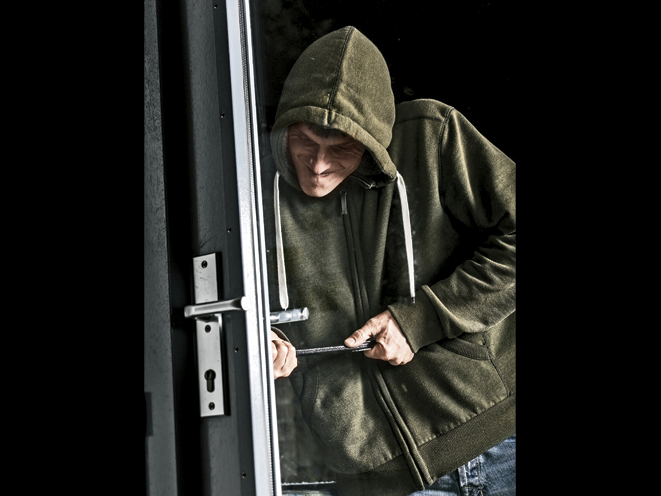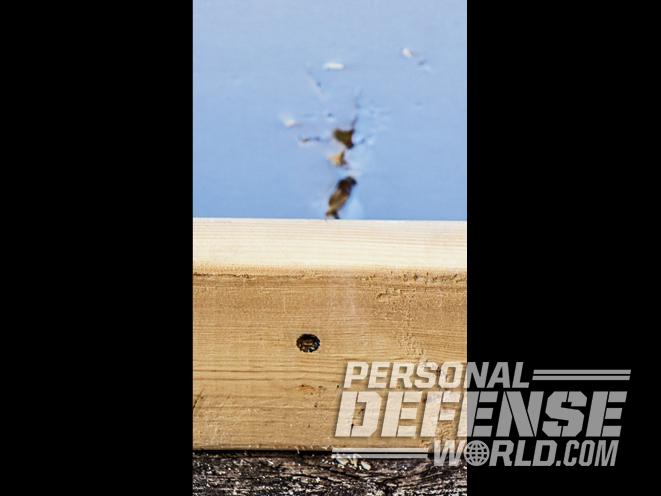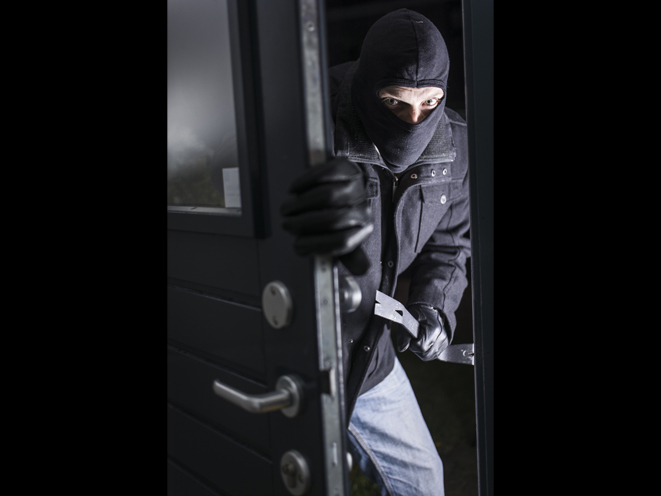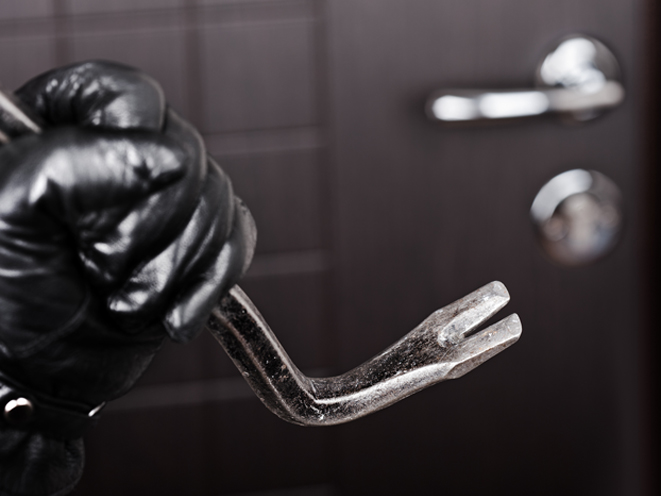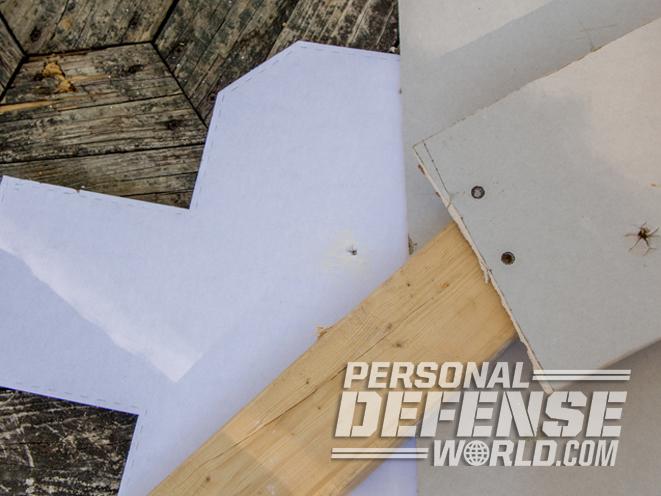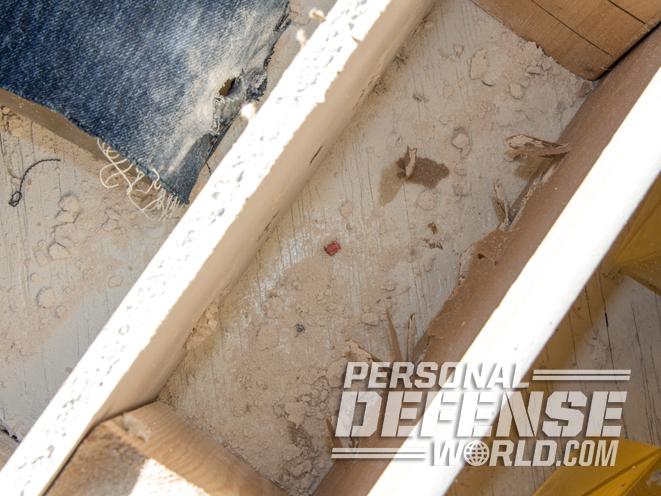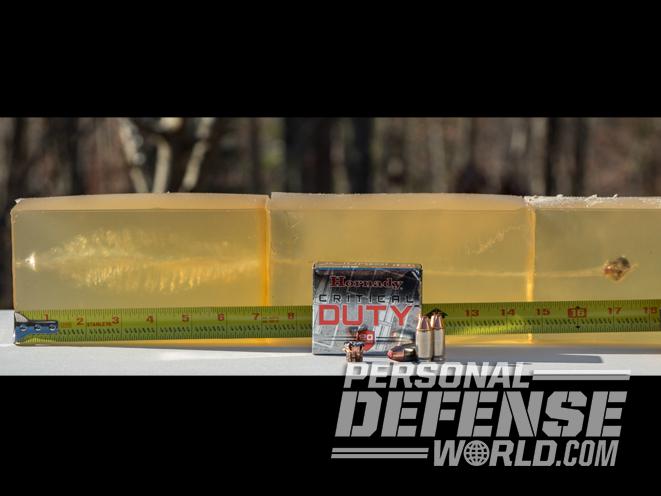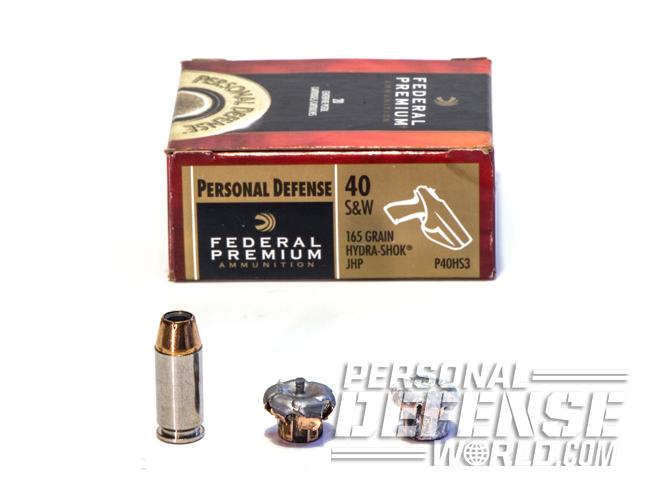It’s been said that your home is your castle. Granted, not many of us live in a structure that would qualify as a real castle. The phrase, however, is used not to describe the way your home looks, but to convey how secure it makes you feel and the extremes you are willing to go to in order to defend it.
When I first became a police officer, I was making about $18,000 per year and living in a used single-wide trailer. It was far from a fortress by any stretch of the imagination, but it was my castle.
The somewhat comical and moderately entertaining Doomsday Castle television series on the National Geographic Channel got me thinking about the castle concept. Not so much about having an impenetrable structure, but particularly about cover and concealment inside the structure. Their goal was to defend their castle, but what happens if the bad guy gets inside?
Once a perpetrator gains entry to your home you can do one of four things—run, fight, hide or surrender. As much as we would like to always defend our home, running can be the best thing to do. If you are more sheep than sheep dog, you might just surrender. But, if you want to fight, hiding is not a bad thing. When you hide, you exercise concealment, which is a tremendously smart warrior tactic. Savvy folks will hide or seek concealment behind cover—and fight from there, too!
Advertisement — Continue Reading Below
What’s the difference between concealment and cover? Concealment precludes you from being seen. Cover provides some level of protection from injury and can also serve to hide you. Cover does not have to “cover” all of your body; placing your vitals behind a steel post in your basement is a form of cover. Wearing a ballistic vest is as well. Concealment hides; cover protects and sometimes hides.
As opposed to listing various home furnishings that may provide concealment and cover, let’s address this problem with things you can do or improvements you can make to your home that will provide both cover and concealment. Yes, there are things in your home that will stop most handgun bullets, like your hot-water tank, a full refrigerator and even the porcelain throne. However, these things have been strategically positioned to provide living comfort, not to defend against a meth-crazed maniac with rape or murder on his mind.
Half Walls
Advertisement — Continue Reading Below
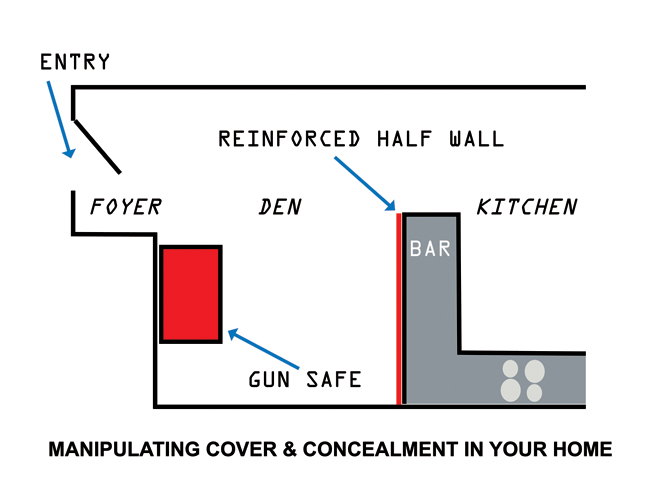
Many homes have a bar that is integral to the kitchen/dining room or den cabinetry. The standard bar height is about 36 inches, which provides plenty of depth for you (and maybe your entire family) to get behind. A bar like this will provide great concealment but little, if any, cover, unless your attacker is armed with an air pistol or the cabinets underneath are filled with sand bags.
RELATED STORY: Castle Doctrine Fact vs. Fiction
For very little expense, you can reinforce one side of a bar to the point it will reliably stop standard defensive handgun bullets. You can even build in enough protection to stop rifle bullets. A layer of 0.125-inch plate steel sandwiched between two sheets of 0.75-inch plywood and then covered with wall board or some other material (to match the finish of your home) will provide you with solid cover from incoming handgun fire. If you can angle this half wall toward the floor, it becomes even more effective.
Advertisement — Continue Reading Below
The good thing about a half wall is that it will protect you regardless of which side of it you are on. Your assailant could enter from the rear of the home, forcing you to take cover on the other side of the bar!
Better Barriers
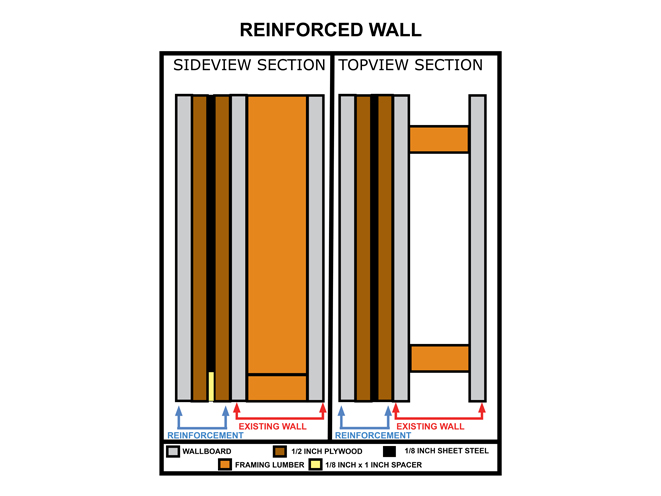
Advertisement — Continue Reading Below
This same type of construction can also be applied to a safe room. If you have a bedroom or other room in your home to which all occupants have been instructed to retreat to in a time of emergency, you can reface this wall with the same type of plywood, steel and plywood construction in order to provide you with both cover and concealment.
A safe wall does not have to be a full-length wall. It could be a short wall that sticks out only a foot or so from another wall that will allow it to be used for cover and concealment. Positioned so that it faces a point of entry, a safe wall like this could provide you with a secure place to conduct an ambush on your intruder.
A safe wall can also be created with bookshelves or bookcases. Build or buy a quality bookcase made from hardwood (e.g., oak) and position this bookcase on either side of your safe wall. Make sure the books are stacked in tightly. No, they do not have to go from the floor to the ceiling, but the books should come up high enough that you can get down behind them.
Advertisement — Continue Reading Below
Gun Safe
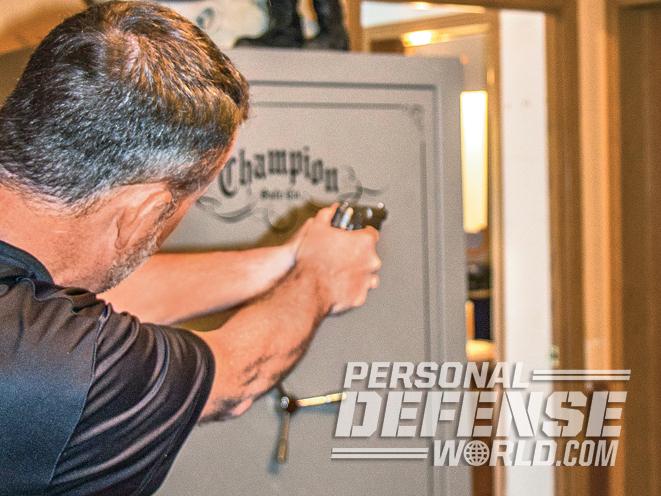
There are not many pieces of furniture that will provide both cover and concealment. This is especially true when you consider furniture—not appliances—that can be placed randomly throughout the home. You might have a freezer full of frozen meat, and that will stop almost any bullet fired from common firearms, but I doubt you can strategically position it in your living room or bedroom and not have it look out of place.
A gun safe is an exception. No, I’m not talking about those $150 bargain-basement gun safes; I’m talking about a fireproof, heavy duty safe. A gun safe that will take you, your uncle, your brother in law, a neighbor and a six pack of beer to get into the house. Mine is positioned near the side (main) entry door to my home and gives me cover and concealment.
Advertisement — Continue Reading Below
Stopping Bullets
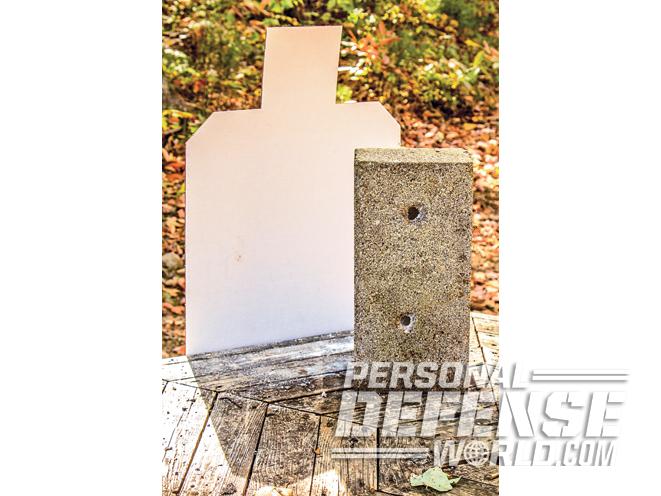
Common walls found in most homes and apartment complexes, built with pine studs and wallboard, cannot be relied upon to stop a bullet. Two layers of wallboard and a 2-inch by 4-inch pine stud will stop most expanding bullets, but not FMJ bullets.
Two layers of drywall will not stop any centerfire handgun bullet. In fact, most defensive handgun bullets will penetrate at least 8 inches of a denim-covered block of 10-percent ordnance gelatin after passing through two layers of wallboard. Some expanding defensive handgun bullets can still penetrate this deep after passing through a gel block and the two layers of wallboard.
Advertisement — Continue Reading Below
RELATED STORY: Armor Concepts – How to Keep Criminals Out of Your Home
Masonry walls work much better. Four-, 6- or 8-inch cinderblocks will stop all but some non-magnum and hard-cast handgun bullets. Thing is, few homes have internal masonry walls. If you do live in a block or brick structure, the trick then is to keep the fight outside; don’t let them in!
This is actually a better approach regardless of the type home you live in. Things like a yard fence, motion lights and a good security system will serve as additional barriers and alerts to probable intrusions. Keep ‘em out if you can, but if they get inside, it’d be smart to have some cover and concealment to fight from behind.
Advertisement — Continue Reading Below
